So you’re thinking about buying an expensive new phone and, presumably, want it to last as many years as possible. The good news is that major brands like Apple, Google, and Samsung support their smartphones with many years of software updates, taking the phone to five, perhaps even seven years of potential use before you decide to upgrade.
In that time, however, your phone might fall foul of an accident or two. A cracked screen need not be the end of the road, but it can be very expensive to set right. Even if you’re super careful, your phone’s well-looked-after battery might need a refresh after three or four years. Batteries, unfortunately, don’t last forever.
The question is, which phone is the best long-term buy? To find out, we looked at not only the costs of repair but also how easy it is to book a service for your handset. For housekeeping, we’re focusing primarily on the US market for both prices and service availability. The situation will be slightly different in many regions, especially in countries where some companies are less well-established than others. Right, let’s see how Apple, Google, and Samsung compare.
The best brand for repairs is… Google
Robert Triggs / Android Authority
I won’t make you read hundreds of words for a quick answer. The TLDR is that Google’s Pixel series is the best of the big US three for long-term hardware support and affordable repairs. This isn’t to say Google earns a perfect score; every company gets it wrong sometimes, and you can find a fair share of consumer complaints about Google’s services, just like you can with the other two. We’re obviously not able to weigh up everyone’s personal experience, but we have detailed our own issues (read on for more). Still, Google earns our spot as the best pick of the US big three.
Just like its competitors, Pixel handsets are supported with seven years of software, but Google charges a little less for all important battery and screen replacements. You can replace the Pixel 8 Pro’s battery and screen for around $300 or so, which is hopefully the extent of repairs needed over a seven-year period. That price isn’t too bad compared with the cost of a brand-new handset and is cheaper than you’d pay to repair a top-tier iPhone or Galaxy S model.
Affordable repairs, a passable approach to third-party components, and lengthy software support make the Pixel a winner.
However, I don’t think Preferred Care for Pixels is particularly good value for money unless you’re particularly accident-prone (please, buy a case). You would essentially rebuy your original phone over the course of a seven-year lifecycle, which is far more than you’re likely to spend on replacement parts (unless you’re particularly clumsy). Paying more than the handset is worth just in insurance is a bad deal in anyone’s book.
But perhaps best of all, Google is reasonably OK with third-party repairs. It sells DIY repair packs via iFixit and, unlike its rivals, doesn’t penalize customers or handicap devices that resort to more affordable third-party components for repairs. That’s good news if official replacement parts become more expensive or hard to come by.
Google could still do better. A lot of its repair cost information is difficult to come by, and I’m not completely convinced by its third-party repair terms. It doesn’t have the most expansive official or third-party coverage outside of the US, either. Still, it’s better than Apple or Samsung on balance. If you want to see how I came to this conclusion, read on.
Component repair costs
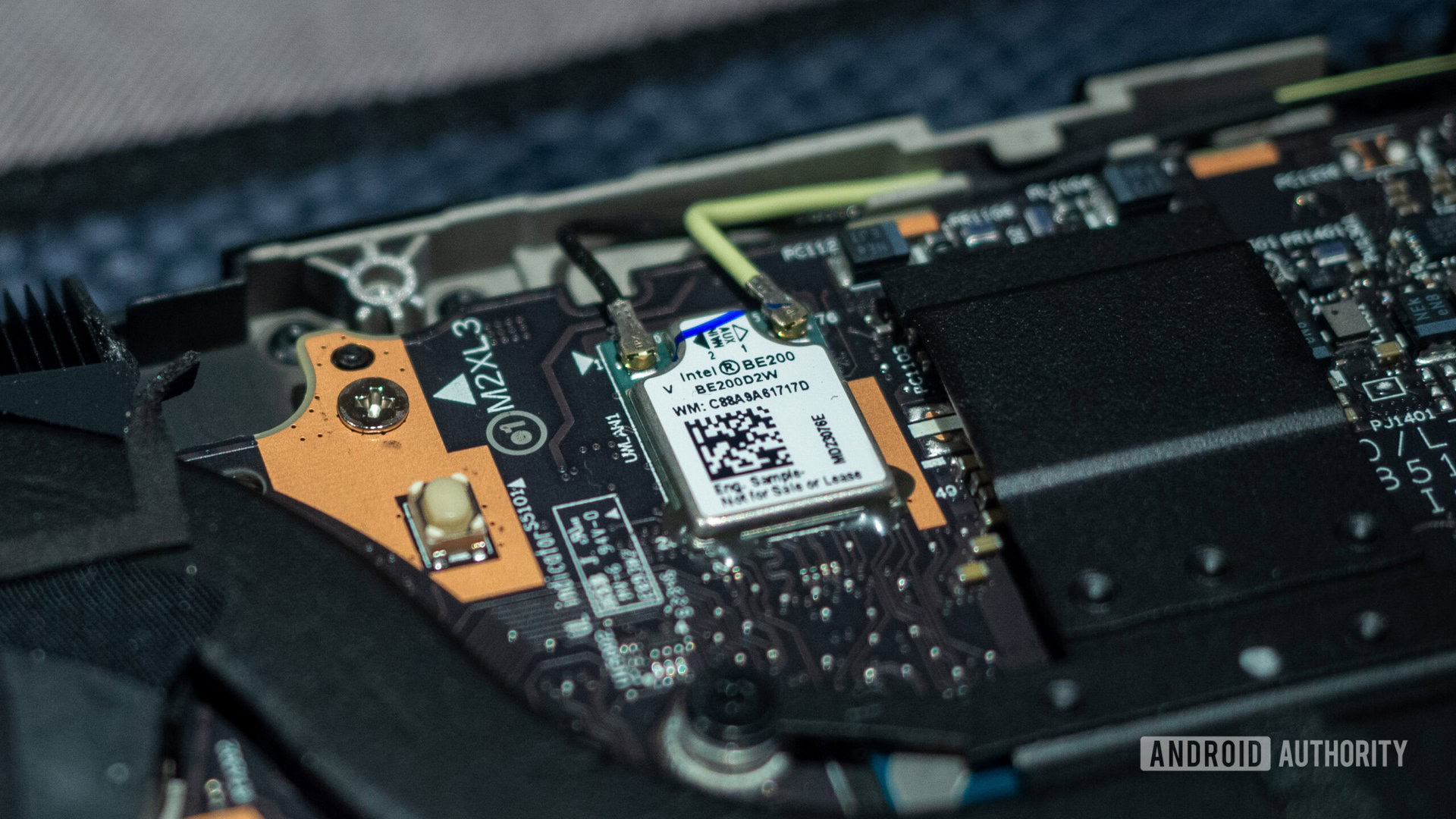
Rita El Khoury / Android Authority
When it comes to figuring out what these popular handsets cost to repair, Apple and Samsung make this information easy to find. Both provide pricing on their websites, though Apple lays this out better than Samsung. Samsung doesn’t provide battery repair costs for its latest S24 series, likely because the cells are still under warranty. So, we took a look at last year’s prices to get a rough idea.
Unfortunately, Google does not provide the same level of information very easily. While you can tap your EMEI number into the brand’s repair service, this often produces no quick results, instead referring us to the Hardware Warranty Center to trudge through that lovely and readable warranty info. After trawling various pages, I couldn’t find anything about the expected costs. Not very helpful, Google.
Still, we emailed the Pixel team about the long-term repair costs and received the following prices: New batteries are $69 for the Pixel 8 and $99 for the 8 Pro, including shipping, while screen repairs cost $109 and $179, respectively. We checked with our own EMEI number and were quoted $210 for a Pixel 8 Pro screen repair, so there appears to be a bit of wiggle room.
Here’s a side-by-side breakdown of this year’s flagships and some mid-range models.
Apple iPhone 15 Pro Max | Screen Repair $ $379 | Screen Repair % of MSRP 31.6% | Battery Repair $ $99 | Battery Repair % of MSRP 8.3% |
Apple iPhone 15 Pro | Screen Repair $ $329 | Screen Repair % of MSRP 32.9% | Battery Repair $ $99 | Battery Repair % of MSRP 9.9% |
Apple iPhone 15 Plus | Screen Repair $ $329 | Screen Repair % of MSRP 36.6% | Battery Repair $ $99 | Battery Repair % of MSRP 11.0% |
Apple iPhone 15 | Screen Repair $ $279 | Screen Repair % of MSRP 34.9% | Battery Repair $ $99 | Battery Repair % of MSRP 12.4% |
Apple iPhone SE | Screen Repair $ $129 | Screen Repair % of MSRP 30.1% | Battery Repair $ $69 | Battery Repair % of MSRP 16.1% |
| Screen Repair $ | Screen Repair % of MSRP | Battery Repair $ | Battery Repair % of MSRP | |
Samsung Galaxy S24 Ultra | Screen Repair $ $319 | Screen Repair % of MSRP 26.6% | Battery Repair $ $90 | Battery Repair % of MSRP 7.5% |
Samsung Galaxy S24 Plus | Screen Repair $ $249 | Screen Repair % of MSRP 24.9% | Battery Repair $ $90 | Battery Repair % of MSRP 9.0% |
Samsung Galaxy S24 | Screen Repair $ $209 | Screen Repair % of MSRP 26.2% | Battery Repair $ $90 | Battery Repair % of MSRP 11.3% |
Samsung Galaxy A35 | Screen Repair $ $149 | Screen Repair % of MSRP 37.3% | Battery Repair $ $80 | Battery Repair % of MSRP 20.0% |
| Screen Repair $ | Screen Repair % of MSRP | Battery Repair $ | Battery Repair % of MSRP | |
Google Pixel 8 Pro | Screen Repair $ $179 | Screen Repair % of MSRP 17.9% | Battery Repair $ $99 | Battery Repair % of MSRP 9.9% |
Google Pixel 8 | Screen Repair $ $109 | Screen Repair % of MSRP 13.6% | Battery Repair $ $69 | Battery Repair % of MSRP 8.6% |
The raw costs can be a bit alarming (I remember when spare batteries were a thing and super cheap). For context, I’ve calculated a “percentage of MSRP” metric to show how much you’ll spend repairing a component versus re-buying a new phone further down the line. This helps put the costs into context.
Batteries are clearly really good value on the larger models. Paying under 10% of their cost to keep a powerhouse flagship going is almost certainly worth it. This is less so for the smaller models and even worse for mid-rangers, where a single battery replacement costs over 10% and up to 20% of a new phone in the case of the affordable Samsung Galaxy A35. It’s still not bad, but it’s not as affordable as the mid-range competition.
Ensuring that repairs are accessible and affordable is paramount if these companies' eco-credentials are to be worth more than marketing pleasantries.
Screen replacements are obviously worse for your wallet, but one brand is much better here than others. Google’s Pixel series costs below 20% of the price of a new phone for a new Pro screen and even less for the baseline model. Well worth it in most cases. Apple is the most prohibitive, with iPhone screen repairs costing between 30% and 40% of the phone’s retail price. That’ll give repairers pause if they’re just a couple of years out from an upgrade anyway.
While, obviously, these upgrades will have to cost something, ensuring that they’re accessible and affordable is paramount if these brands’ eco-credentials are to be worth more than marketing pleasantries. Google’s opaque information is worrisome, as are the high costs of Apple’s replacement displays.
What about care packages?
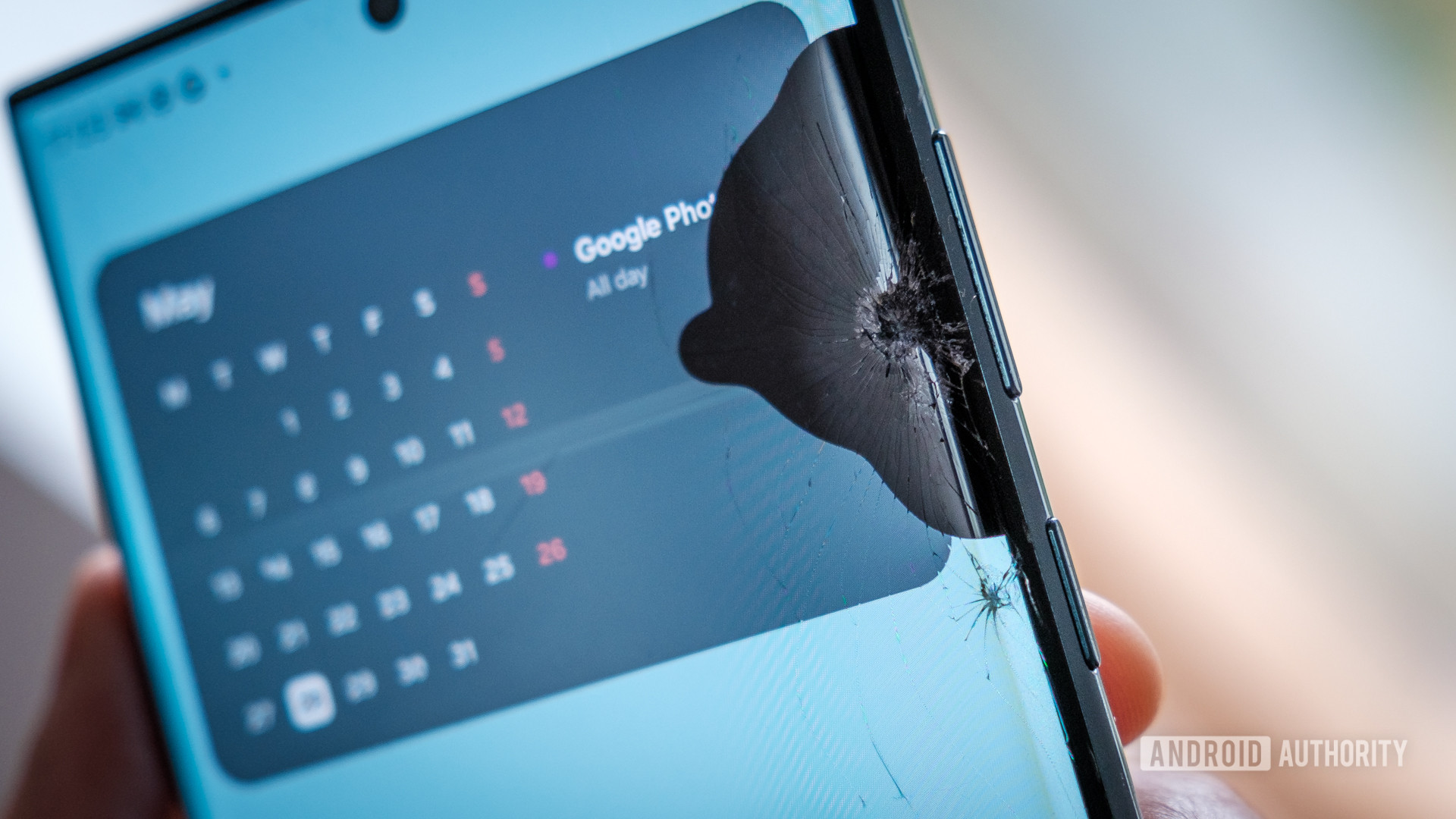
Robert Triggs / Android Authority
Of course, you can fund (or at least part-fund) the cost of repairs through “care” packages. Apple, Google, and Samsung all have their own schemes that’ll lower the cost of repairs should your phone run into an issue. These sound like a good idea if you’re accident-prone, but let’s do the math to see if they’re worth it just as a long-term policy.
Apple charges between $3.99 and $9.99 monthly for Apple Care Plus (ignoring theft protection) or $79 to $199 for two years, depending on the model. That could cost you a small fortune (about $720) over the cost of a phone’s full seven-year update cycle. That’s clearly not amazing value if you’ll only need a battery replacement three or four years down the line (you technically pay for that in just one year). You’ll also have to pay a $29 deductible for glass damage, but you are covered for other accidents here, too. Clearly, Apple Care Plus is not an affordable, eco-first approach to repairs; it’s a much more comprehensive warranty plan.
Apple Care Plus | Lowest per month $4 | Max per month $10 | Lowest two year cost $80 | Max two year cost $199 |
Google Preferred Care | Lowest per month $6 | Max per month $9 | Lowest two year cost $109 | Max two year cost $279 |
Samsung Care Plus | Lowest per month $4 | Max per month $13 | Lowest two year cost $49 | Max two year cost $259 |
Samsung Care Plus ranges from $4 to $13 per month, putting it right in the same price bracket and potentially even more expensive than Apple’s option if you have a foldable phone. Accidental Damage covers you for battery and $29 screen replacements, but you’ll have to pay steeper excesses for cosmetic damage. Samsung aims to make repairs accessible with mail-in, walk-in, and “We Come To You” services. Again, this is a much more comprehensive policy than you’ll need if you generally take good care of your phone.
Google’s Preferred Care for Pixel is also a premium-tier insurance policy that covers you against cosmetic damage and defects. Once more, there can be some pretty heavy deductibles for anything other than the $29 screen repair.
Prices range from $109 to cover the Pixel 8a for two years and up to $279 for the Pixel Fold. Doing some quick math, at $249 for two years of Pixel 8 Pro cover, you could have bought the phone again by the time seven years are up. Not great. Furthermore, we found Preferred Care very confusing when we needed it, so it’s hard to recommend for essential repair needs.
And third-party repairs…
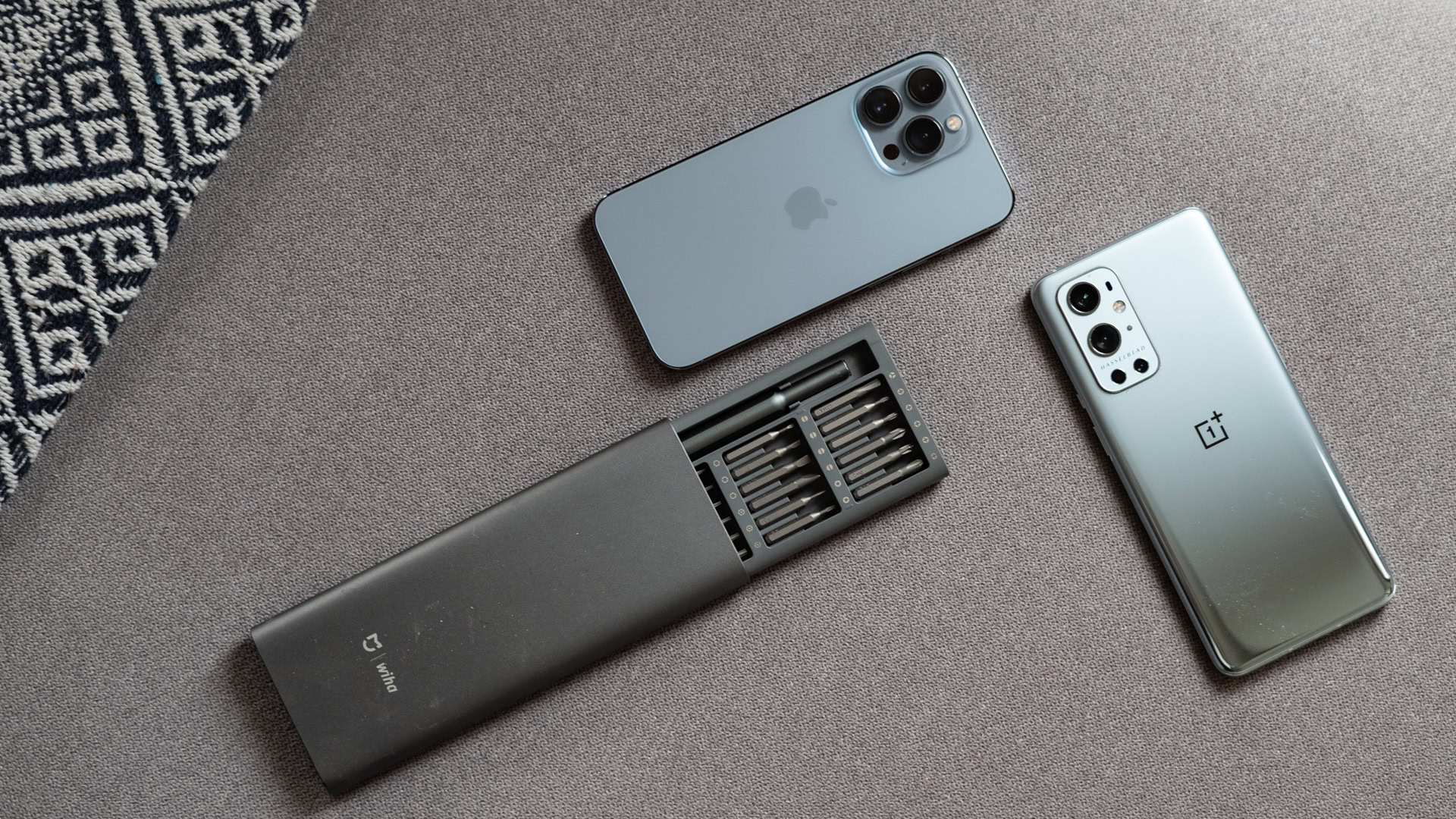
Dhruv Bhutani / Android Authority
Apple is notorious for its anti-consumer policies regarding third-party repairs. When using non-official spares, your iPhone will constantly display an “unknown part” warning and even disable some features. This also shows up in the repair history, potentially lowering your phone’s resale value. Apple is adjusting its third-party repair stance; it will no longer deactivate True Tone and battery health metrics when users opt for third-party screens and batteries. This change is likely to happen around the rollout of iOS 18.
In a bid to not look quite so bad, Apple has been extending support to independent repair providers to improve access to genuine parts. Still, that’s hardly the same as having your pick of anywhere you’d like. Rather than providing a simple list, you’ll have to manually check if the shop you have in mind is on Apple’s list of Authorized Service Providers. The DIY route remains notoriously fraught, if not outright impossible.
Samsung has not been as objectionable as Apple in the past but hasn’t had a good 2024 regarding right-to-repair. Samsung’s partner repair contracts were spotted with Apple-esque dubious terms, while iFixit broke off its partnership to support the DIY route. BestBuy is no longer an authorized repair provider either. If you need a Samsung repair, you can still source some official parts, but otherwise, you’re stuck with few options outside of the expensive official channels.
While none are perfect, Google has the most open approach to self-repair.
Google hasn’t been spared. Recently discovered controversial terms-of-service would have allowed it to keep handsets found to be using third-party repairs. Big G has since backtracked and updated its terms to clarify that it may simply return the phone to you.
If we take Google at its latest words, the company may or may not repair your phone if you’ve already made use of third-party repairs. That’s not brilliant, but it’s not an unusual policy either. On the plus side, there are official iFixit repair kits for the Pixel 8 series, and there’s a small list of authorized repair partners for select markets. Unfortunately, neither Google’s official nor support networks reach far and wide on a global scale, which is something to consider if you live outside the US and/or travel a lot.
Have you had a good/bad repair experience with Apple, Google, or Samsung?
0 votes
With a lower cost of official parts and a reasonably supportive approach to DIY repairs, Google’s Pixel 8 series makes our pick for the best phones to own in the long term. Google certainly doesn’t do long-term hardware perfectly, however. It’s more difficult than it should be to find out how much repairs will cost before you buy, and its list of authorized repair partners is pretty meager on a global scale. Still, the Pixel 8 series is a solid choice if you’re looking for a phone that will last as long as its update promise.

Google Pixel 8a
Rich OLED display
Tons of Tensor G3-powered features
Pixel-pedigree cameras
Google Pixel 8 Pro
Excellent cameras
Fun, exclusive Android 14 customizations
Industry-leading update promise

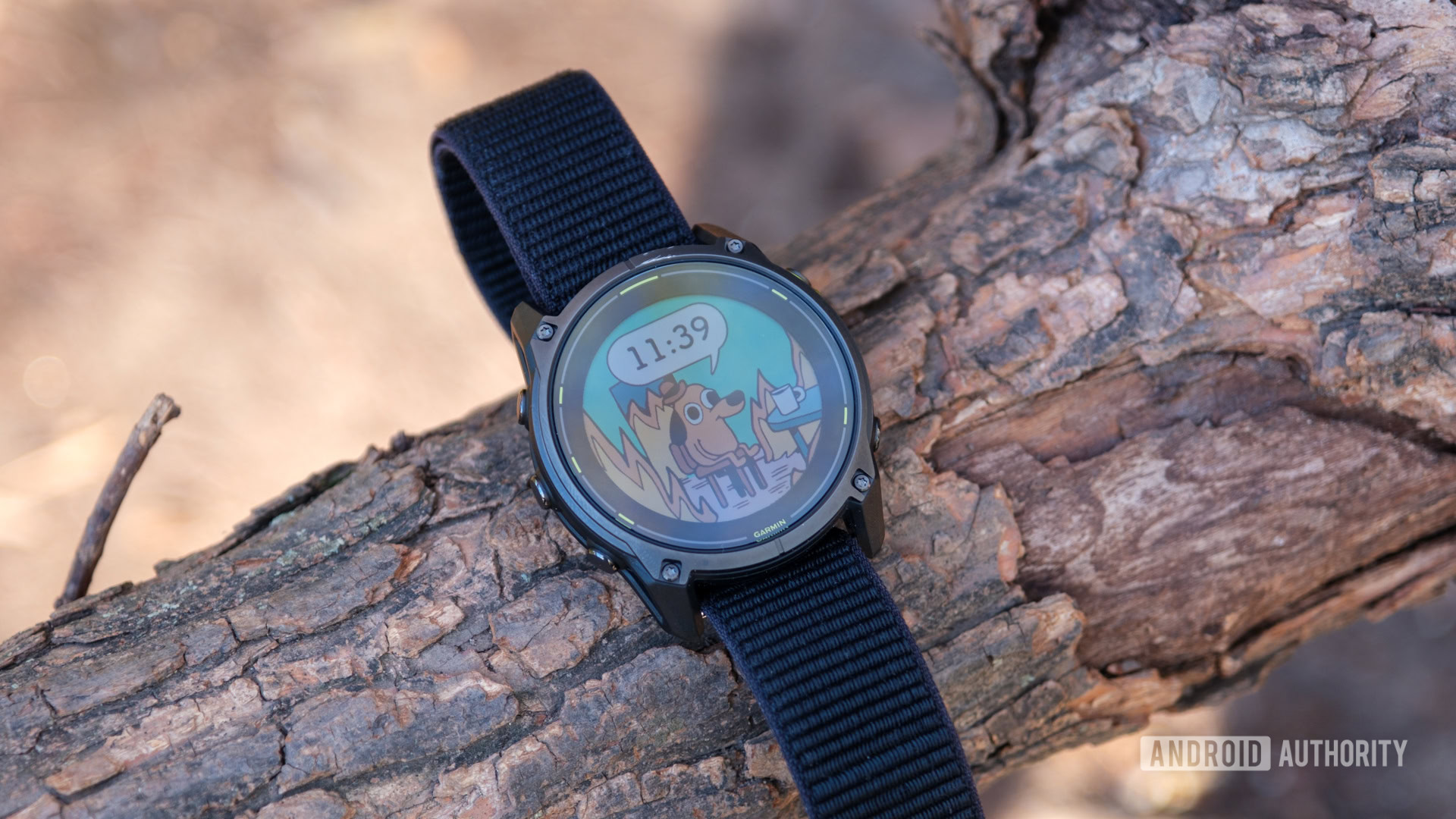
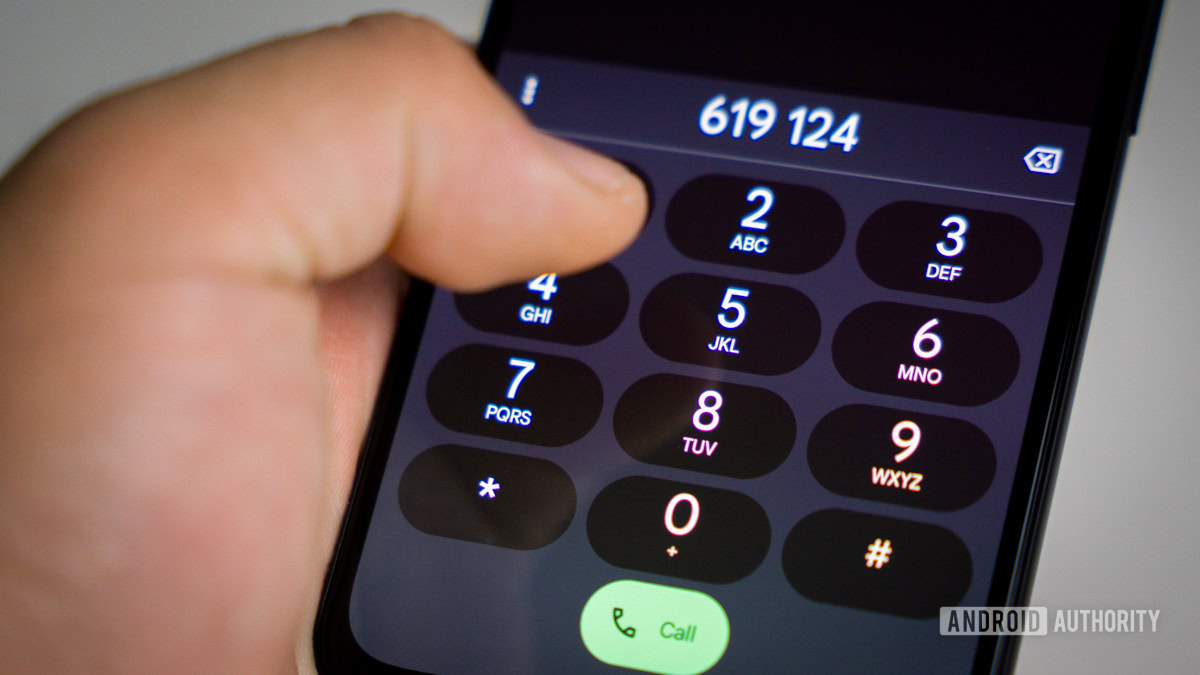




 English (US) ·
English (US) ·